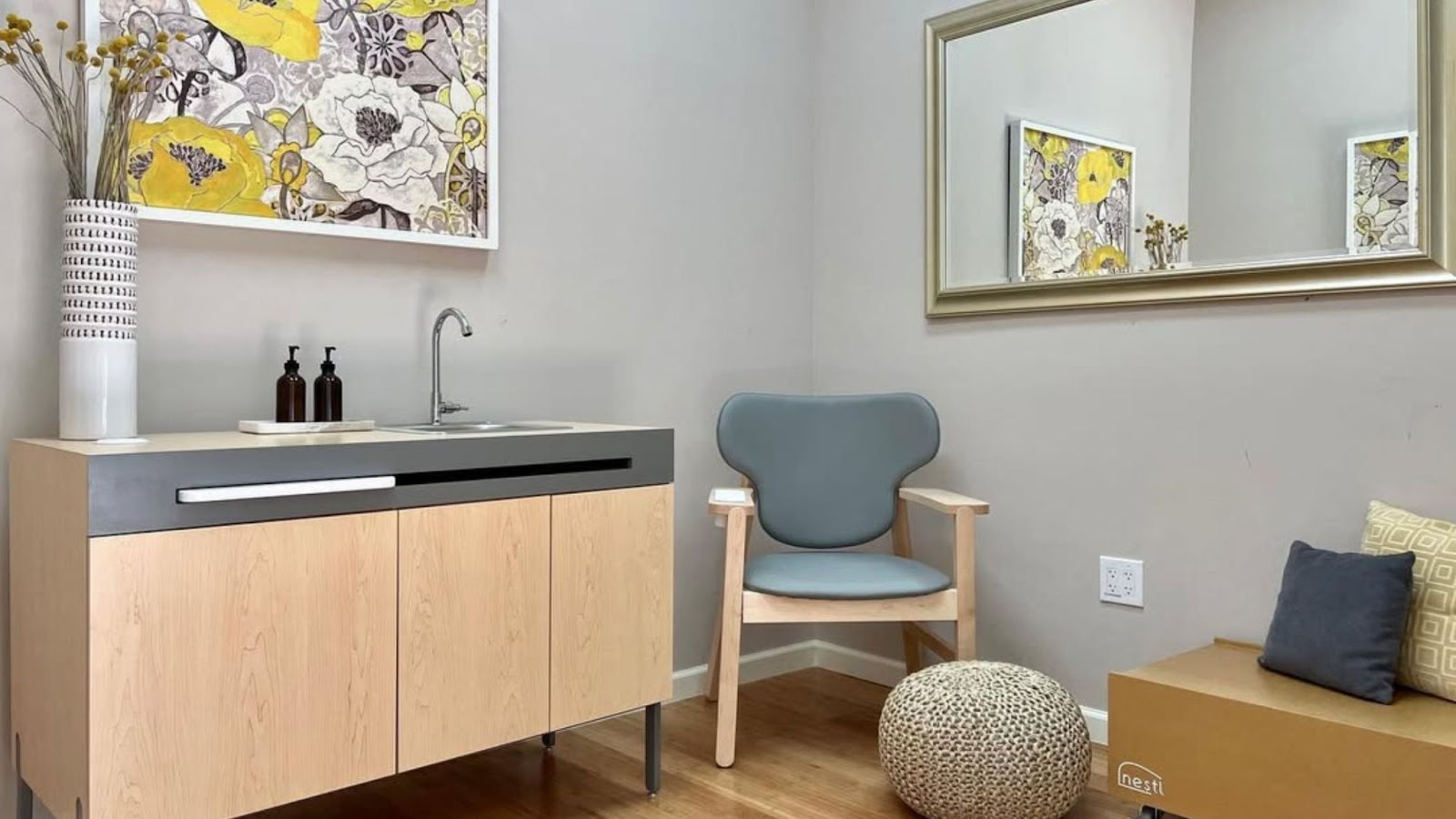As workplaces continue to evolve—embracing open floor plans, hybrid work models, and flexible seating—the concept of privacy in the office has taken on new urgency. What was once an afterthought in the traditional cubicle model has now become a critical component of thoughtful, human-centered office design.
Why? Because privacy is foundational to productivity, focus, employee well-being, and even corporate security. But privacy isn't one-size-fits-all. It comes in multiple forms, each with its own importance and implications for how we work. Let’s explore the four main types of privacy—acoustical, visual, territorial, and informational—and why each is essential in today’s office environments.
Acoustical Privacy: A Quiet Mind in a Noisy World
Acoustical privacy refers to the ability to work undisturbed by unwanted noise, or to speak freely without worrying about disrupting others.
In open offices, noise pollution is one of the most common complaints. Conversations, phone calls, typing, and even the hum of nearby machinery can become chronic distractions. According to a 2022 survey by the American Society of Interior Designers, over 70% of office workers cited noise as a key barrier to productivity.
Providing acoustical privacy doesn't mean turning every desk into a soundproof booth. It means incorporating smart solutions like sound-absorbing panels, dedicated quiet zones, white noise machines, and thoughtful space planning that separates collaborative areas from heads-down workspaces. When employees can concentrate without constant auditory interruptions, both their work and their mental health improve.
Visual Privacy: Out of Sight, Out of Distraction
Visual privacy ensures that employees are not constantly in each other’s line of sight and can avoid visual distractions that disrupt focus.
In spaces where employees can see everything and everyone around them, attention is pulled away from work and toward movement—people walking by, screens lighting up, or impromptu meetings nearby. The lack of visual boundaries can be overstimulating, especially for tasks that require deep concentration.
Visual privacy can be enhanced with high-backed chairs, partitions, frosted glass panels, or even adjustable screens. For meetings and video calls, having enclosed rooms or booths not only protects confidentiality but helps participants focus on the conversation without visual clutter. By shielding workers from unnecessary visual input, companies foster better concentration, reduced fatigue, and improved job satisfaction.
Territorial Privacy: A Space to Call Your Own
Territorial privacy is the ability to claim and control a space—however temporary—as your own.
In hot-desking and hybrid models, the absence of assigned seating can leave employees feeling like perpetual visitors. Without a sense of ownership over their workspace, it becomes harder to settle in, personalize the environment, or establish a routine that supports productivity.
To promote territorial privacy, companies can offer semi-private zones or modular spaces that give employees the flexibility to make a space their own during the time they occupy it. Lockers, movable dividers, and even designated quiet pods can restore a sense of personal territory, which in turn enhances comfort, autonomy, and engagement.
Informational Privacy: Safeguarding What Matters
Informational privacy involves protecting both verbal communication and written or digital content from being overheard or seen by others.
This form of privacy is especially critical in industries handling sensitive data—healthcare, finance, HR, or legal work, for example. Even beyond compliance concerns, employees need to feel confident that their conversations, emails, and documents aren’t exposed to unintentional listeners or onlookers.
Providing enclosed meeting rooms, soundproof phone booths, and privacy screens for monitors are all ways to uphold informational privacy. Equally important is the use of secure digital infrastructure—encrypted communication platforms, password-protected documents, and role-based access to information. When employees know their information is protected, they’re more likely to engage in open dialogue and collaborative problem-solving.
Lactation Privacy: Supporting Working Parents with Nessel
One critical—but often overlooked—application of workplace privacy is for breastfeeding and pumping employees. For these workers, privacy isn’t just a matter of comfort; it’s a matter of dignity, health, and compliance. Nessel’s lactation pods are a powerful example of how companies can meet this need. Designed to support acoustical, visual, territorial, and informational privacy, Nessel lactation pods offer a dedicated, private space where nursing parents can pump or breastfeed without stress or interruption. These thoughtfully designed pods ensure compliance with federal and state lactation laws, while also sending a powerful message of support to working parents. Integrating solutions like Nessel not only enhances privacy—it fosters equity and inclusion in the workplace.
Balancing Openness with Privacy
The modern office is designed to foster collaboration, creativity, and communication—but these goals should not come at the expense of privacy. In fact, the most successful office spaces are those that balance openness with opportunities for retreat. When employees have control over their environment and the privacy they need to do their best work, everyone wins.
Investing in privacy-forward design isn’t just about furniture or layout. It’s about creating a culture that respects personal boundaries, values mental well-being, and empowers employees to perform at their highest potential.
In short, privacy isn’t a luxury—it’s a necessity. And smart organizations are the ones who recognize it.
%404x.png)




%404x.png)
